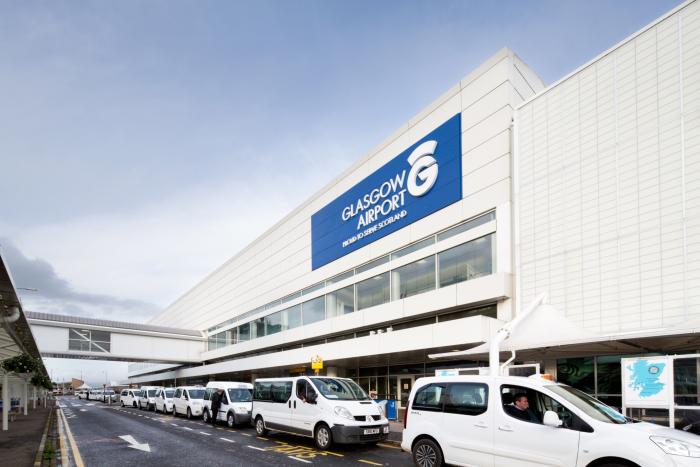Connected Places Catapult, the UK’s innovation accelerator for cities, transport, and place leadership, will undertake accessibility technology trials in collaboration with Glasgow Airport. The trials will take place in March as part of the Connected Airport Living Lab programme.
Glasgow Airport has one of the highest percentages of PRM (people with disabilities and reduced mobility) travellers of any UK airport. Last year it welcomed more than 110,000 PRM passengers and received the Civil Aviation Authority’s highest ‘Very Good’ rating in its Annual Accessibility Report.
From AI to AR
The companies invited to trial their technologies are:
- Gazooky Studios: ChapARone is an instant messaging service using artificial intelligence (AI) and augmented reality to aid disabled passengers. The system enables transport hubs to upload information and direct it to a network of accessible-QR coded info-points.
– Hello Lamp Post: Powering AI digital assistants for any public place, accessible via location-specific QR codes, enabling 24/7 communication and assistance. This technology streamlines passenger support, airport navigation, and wayfinding information to enhance passenger experiences.
– Signapse: Providing automatic sign language announcements using the latest AI techniques. Available in both British and American Sign Language, the technology provides accessibility to deaf passengers in public spaces.
– Signly: Providing sign language translations in British, American, Irish, and German Sign Language that are already recorded, making websites or airport information more accessible on smartphones through QR codes, and helping passengers who use sign language access information better.
Ronald Leitch, interim chief operating officer at AGS Airports, which owns Glasgow Airport, said: “We are incredibly proud of the service we provide to the tens of thousands of special assistance passengers who travel through our terminals each year.
“The technological advancements we’re seeing today in areas such as artificial intelligence and augmented reality could play a key role in how we improve these vital services and further enhance the customer experience.
“Air travel should rightly be for everyone and thankfully more and more people who need additional support are choosing to fly. The technologies being demonstrated during these trials will hopefully enable and embolden even more special assistance passengers to travel.”

